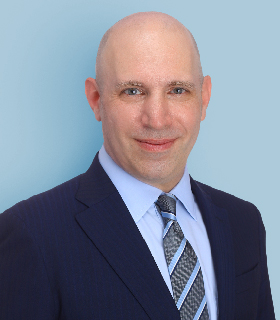Podcast
Episode 108: Tech-Driven Human Work Experience
How is the intersection of technology and human experience reshaping our workplaces? In this episode, we explore the dynamic evolution of work environments, where technology and human-centric practices are becoming increasingly intertwined. You’ll hear about leveraging technology to create more inclusive and equitable workplaces, simplifying work processes through AI, and shifting the focus from productivity to impact.
Stela Lupushor is the founder of Reframe.Work Inc. She is also Program Director for the Strategic Workforce Planning and Talent Management Councils, as well as the Human Capital Analytics Institute Senior Fellow shaping the research agenda of the Conference Board. She offers a unique blend of expertise in her latest co-authored book, "Humans at Work: The Art and Practice of Creating the Hybrid Workplace."
If you enjoy the show, please rate it on Spotify or iTunes. Your ratings help more people like you discover the podcast!
Episode Highlights
- Insights on technology's immediate impact in today's work environment.
- Strategies for effective, real-time workplace measurements.
- Tips on reducing workplace friction to boost productivity and well-being.
- Understanding the importance of everyday moments in employee retention.
- Recognizing the power of addressing small, individual workplace challenges.
- Balancing employee privacy with organizational needs.
- Redesigning workspaces for mental health and improved focus.
Stela’s view on the greatest unmet wellbeing need at work today
“From a well-being perspective, [it’s] the need to interact with an organization that is not designed to work around us. We look at the technology stack as something that IT managers manage, and it's all about cost containment and making it secure. And that comes at a cost of a lot of compliance training, not to say that none of that is necessary; it's very important. But it's more compliance-driven than experience-driven.
When we think about the physical workspace, it's again designed to minimize the costs and maximize the number of people that can fit within a square foot. And not necessarily designed to have the environment work around us for what we need, whether we have a permanent or temporary disability, whether we need quiet space at that specific time of the day. And with the combination of both digital world and physical world, we increasingly live in that in-between, regardless of what work you do, there's bound to be technology involved.
So, redesigning that experience, to allow us to seamlessly move through it without having context switching and friction points and forgotten passwords, inaccessible devices, will reduce the mental health impact, mental taxing in dramatic ways and really leave space for us to do the focused work or whatever it is that makes sense for us as humans at that time.”
What “working with humans” means to Stela
“It is about creating the environment where people can truly maximize their human potential at work. I don't believe that there are bad people for jobs. I don't believe there are bad jobs for people; I believe there's a mismatch. So, the more we can think through the lens of what are the superpowers of this individual, or what are the superpowers they would like to have, and how we can create that environment for them to thrive? I think that's when organizations succeed. That's when individuals are loyal and bring their full potential. That's when the economy benefits, and that's when families at home benefit as well. So, it's a net positive.”
Resources
Follow: Stela on LinkedIn
Read: Humans at Work: The Art and Practice of Creating the Hybrid Workplace

